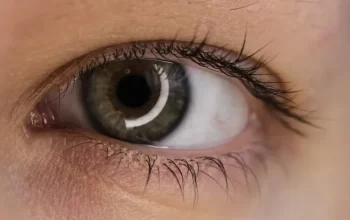Having a bright smile is the dream of most people. However, drinks that we consume, such as coffee or tea, can change our teeth’ colour and make them look unpleasant.
Nowadays, apart from polishing and scaling, people are interested in getting dental veneers to improve their appearance to gain confidence.
This article will briefly discuss what dental veneers are and the different types of dental veneers. I hope this article can help you make the best decision.
What are dental veneers?
Dental veneers are typically thin, custom-made shells of tooth-coloured materials designed to cover the teeth’ front surface to improve the appearance or reinforce worn-out teeth.
Unlike braces, veneers can change not just tooth position but also size, shape, and colour.
Are dental veneers permanent? How long do they last?
Veneers are not permanent; they have a lifespan. On average, with proper care, the veneers can last from 20 to 30 years!
Veneers that our patients had done at our clinic 15 to 17 years ago are still in excellent condition. There is no need to replace them in the foreseeable future!
What are the types of dental veneers?
Various materials are used in the placement of veneers in Singapore, such as:
Porcelain Veneers:
- Feldspathic porcelain is made from porcelain powder and fired in an oven. This may be the most aesthetic type of porcelain, but it tends to be weaker and may not stand up to normal biting.
- Pressed porcelain is made from semi-hardened porcelain blanks. This is very strong and has good aesthetics. It’s also the material of choice in our clinic.
- Computers trim milled porcelain from hardened blanks of porcelain. Its strength is excellent, but aesthetics are not as good and tends to be more expensive.
- Ultra-thin, no-prep veneers have been on the market for many years. These veneers limit the changes that can be achieved. They are only used for improving the colour of the teeth, but because of their thinness, the final colour is very opaque, and the results tend to be unnatural.
Direct Resin Veneers:
- In this process, the dentist uses regular composite fillings to enhance the teeth. It requires only one visit and is the cheapest option for patients. However, the final restorations are weaker, so you can only bite very soft food. They tend to stain and will discolour over time.
- The result depends very heavily on the skill of the dentist.
Indirect Composite Veneers:
- These are made with the same filling material but in a laboratory. They are slightly more robust but with a minimal cost difference from the porcelain veneers. They also possess many of the drawbacks of direct resin veneers. Hence, we do not use them in our practice.



